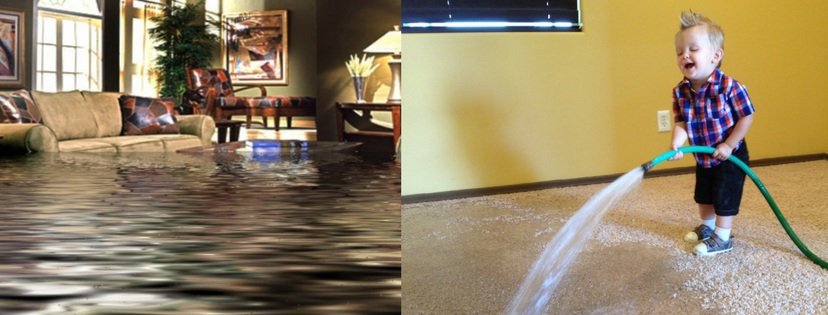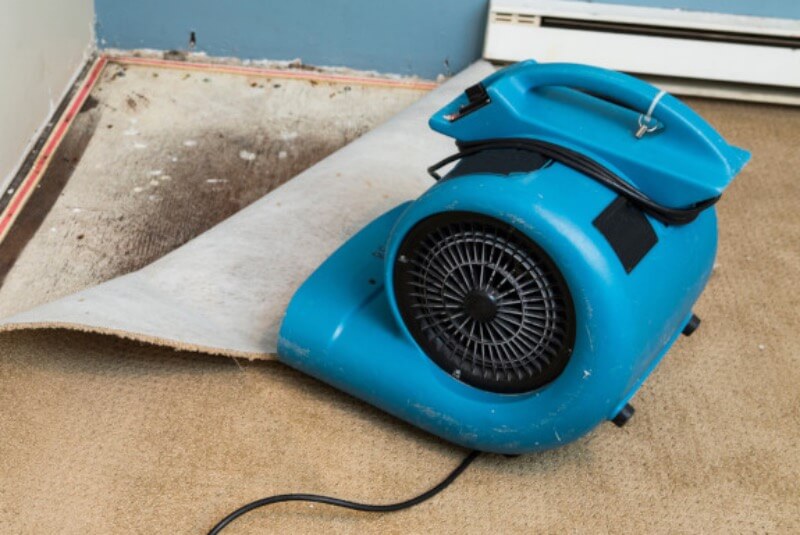Emergency Water Damage Restoration Cedar City UT – Quick Response Team
The Important Overview to Cleaning Services: What Are the Key Actions and Services for Water Damages Tidy Up
In the world of home upkeep, dealing with water damage promptly and successfully is critical to securing both architectural integrity and health and wellness. The journey of reconstruction starts with a meticulous evaluation, categorizing the severity and source of water breach. This first action is vital as it dictates the subsequent actions from water extraction to the comprehensive drying of premises. Each stage is customized to mitigate more damages and set the stage for a detailed sanitation procedure, meaning the layered complexity of recovering security and normality. carpet cleaning Cedar City UT.
First Analysis and Precaution

Safety and security is vital; consequently, professionals guarantee the structural integrity of the affected building is not compromised. Electric systems are taken a look at for potential risks, and circuit breakers are frequently deactivated to stop electrocution. In addition, safety equipment is made use of to secure against pollutants discovered in black and grey water, that include microorganisms and viruses.
Recording the damage thoroughly is additionally important to the procedure, assisting in the accurate preparation of the clean-up operation and promoting insurance policy claims. This methodical approach makes sure that all facets of water damage are resolved successfully and safely.
Water Removal and Removal Strategies

The choice of devices typically relies on the severity of the water intrusion and the sorts of materials affected. Wood floors and carpets need different techniques to decrease damages and prepare for thorough drying. Specialists also focus on drawing out water from furnishings and hidden areas to stop mold growth and architectural concerns.
Precision in water removal is important, as it establishes the stage for efficient drying and remediation. Meticulously eliminating all standing water and dampness leads the way for the following actions in the repair procedure, guaranteeing a thorough technique to water damages healing.
Drying and Dehumidifying Affected Areas
After all noticeable water and dampness have actually been diligently removed, the emphasis moves to extensively drying and evaporating the affected areas. This vital phase prevents further water damage, mold and mildew development, and architectural degeneration. Drying out involves utilizing industrial-grade air movers that enhance dissipation at a much faster rate than regular family fans. These powerful devices produce view it now air flow across walls, carpets, pads, and furnishings, which can considerably speed up the dampness elimination process.
They function by drawing out water vapor from the air and aid maintain a controlled setting, vital for preventing the expansion of mold and mildew and mold. It is vital that humidity levels are closely kept track of and adjusted according to the specific problems and materials influenced by the water damage.
Cleansing and Disinfecting Treatments
Once the location is completely dry, the next vital action in water damages remediation is cleaning up and sanitizing the impacted rooms. Professionals start by removing any type of debris and particles making use of customized tools like high-efficiency particle air (HEPA) vacuum cleaners, which ensure thorough cleaning while capturing possibly dangerous fragments.
The choice of cleansing representatives is essential; they have to be solid enough to sanitize yet safe for the inhabitants and the atmosphere. Professionals ensure the area is ventilated throughout this procedure to avoid any type of health issues from chemical exposure. This precise cleansing and sanitization process is important not only for bring back the area but additionally for protecting the wellness of its residents.
Remediation and Avoidance Techniques
Restoration and avoidance approaches form a vital component in the thorough administration of water damage. Post-cleanup, remediation includes fixing or changing products like drywall, floor covering, and insulation to recover the residential property to its pre-damage condition. This might include structural drying out, content cleansing, and mold remediation, which are vital to protect against long-lasting issues and maintain a structure's integrity.
This involves securing splits in foundations, improving drainage systems, and installing water detection sensors. Educating residential or commercial property proprietors on recognizing early indications of water damage and instant steps to take can also significantly decrease the level of damages and repair prices.
Final Thought
To conclude, effectively managing water damage calls for an organized technique that includes preliminary assessment, water extraction, drying out, cleaning, and reconstruction. Utilizing advanced strategies and equipment guarantees fast removal of water and moisture, while detailed sterilizing stops prospective health and wellness dangers. The last step, remediation, not these details just repairs but likewise includes safety nets to secure against future occurrences. Sticking to these steps can considerably reduce the impacts of water damage, preserving a safe and healthy setting.
When resolving water damages, the preliminary action is to conduct a thorough assessment to examine the degree of the damage and determine prospective risks. Specialists meticulously click for source evaluate the properties to determine water ingress resources and categorize the water type-- varying from clean (Classification 1) to possibly unsafe (Group 3)Following the initial analysis, the next essential action in mitigating water damages entails employing advanced water extraction and removal methods. Enlightening home owners on identifying very early indications of water damages and immediate actions to take can likewise significantly lower the extent of damage and restoration costs.
In final thought, effectively managing water damage needs an organized strategy that consists of preliminary evaluation, water extraction, drying, cleaning, and reconstruction.